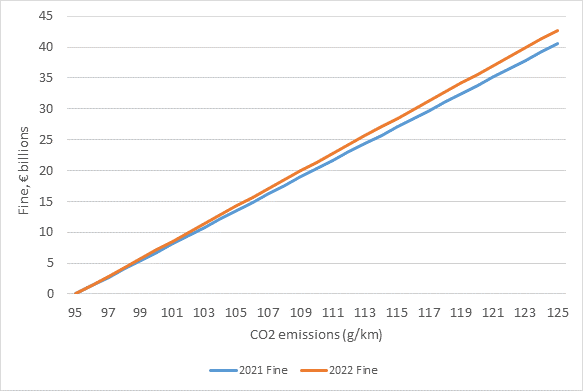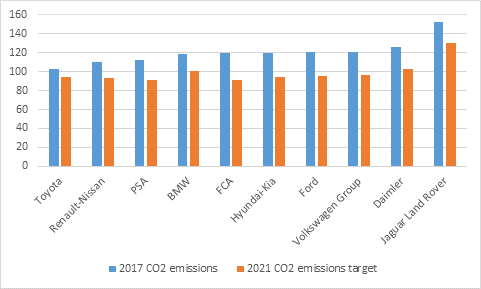UkNorthampton
TSLA - 12+ startups in 1
Besides that Honda deal, I just haven't seen any other deal. I suppose it is not public yet??? When you say "Gets stronger & stronger. 2020 will be used as a 'base year' -", do you meanTSLA can claim/realize $500 million or more per quarter?
To the last point, what Tesla can claim:- Pooling arrangements seem to be multi-year deals & might depend on relative sales of OEM ICE vs Tesla EVs. Honda came in later, so no idea what their arrangements with FCA/Tesla are, probably worse. My belief is that unless German automakers get a 'Covid-excuse deferral', this is going faster than expected, so more money will come to Tesla over time. When they can recognise the money depends on deal specifics, cash transferred, accounting, volumes etc. This affects short term financials of Tesla & pool partners.
My point actually related to the longer-term aspects of the EU emissions deal. The emissions criteria in EU get stronger. The greater the reduction in 2020 (eg switch to electric, less ICE sales), the stronger the ratcheting up in following years (as a minimum, many have seen effects of reduced pollution & want to accelerate). I failed to find any decent links on this, but it was a reason why some manufacturers didn't want too many EVs in 2020 & hence why they wanted to save some vehicles for 2021 instead (similar thing at end of 2019, couldn't buy EVs but could from 1 Jan 2020)
Some companies would rather pay the EU than a competitor, even if it's more money.
Some links.
4 Dec 2020 - JATO Dynamic’s analysis of EU CO2 emissions in 2020 - JATO
The European Commission’s legislation states that for each gram that’s over the CO2 target, manufacturers will face a fine of €95 per car registered
*** Pools include BMW (BMW brand, Mini, Rolls-Royce),
Daimler (Mercedes, Smart),
Fiat Chrysler (Abarth, Alfa Romeo, Chrysler, Dodge, Fiat, Jeep, Lancia, Maserati, Ram, Honda, Tesla),
Geely Group (Volvo, Polestar, Lynk & Co, Lotus, LEVC, Geely brand, Ford),
Hyundai-Kia (Hyundai, Kia),
PSA (Citroen, DS, Opel, Peugeot, Vauxhall),
Renault-Nissan-Mitsubishi (Alpine, Dacia, Infiniti, Lada, Mitsubishi, Nissan, Renault), Suzuki (Suzuki brand),
JLR (Jaguar, Land Rover),
Toyota (Lexus, Toyota brand, Mazda),
Volkswagen Group (Audi, Bentley, Cupra, Maxus, MG, Porsche, SAIC, SAIC Maxus, Seat, Skoda, Volkswagen).
Graph from Carmakers face €20 billion in fines for exceeding CO2 targets – Part 2 | Autovista Group
Consider looking at "Key OEM initiatives" towards the bottom. This bit reduces the massive usefulness of EVs in a pool "Super-credit multipliers increase the weighting of cars that emit less than 50g CO2/km in the calculation of a manufacturer’s average CO2 emissions. These low-emission cars will count as two cars in 2020, 1.67 in 2021, and 1.33 in 2022."
"highest-polluting 5% of new cars registered in 2020 are excluded from the 2021 fines calculations"


last one is "Indicative fines for exceeding emissions targets, major carmakers, € billions, 2021 and 2022"

Last edited:





